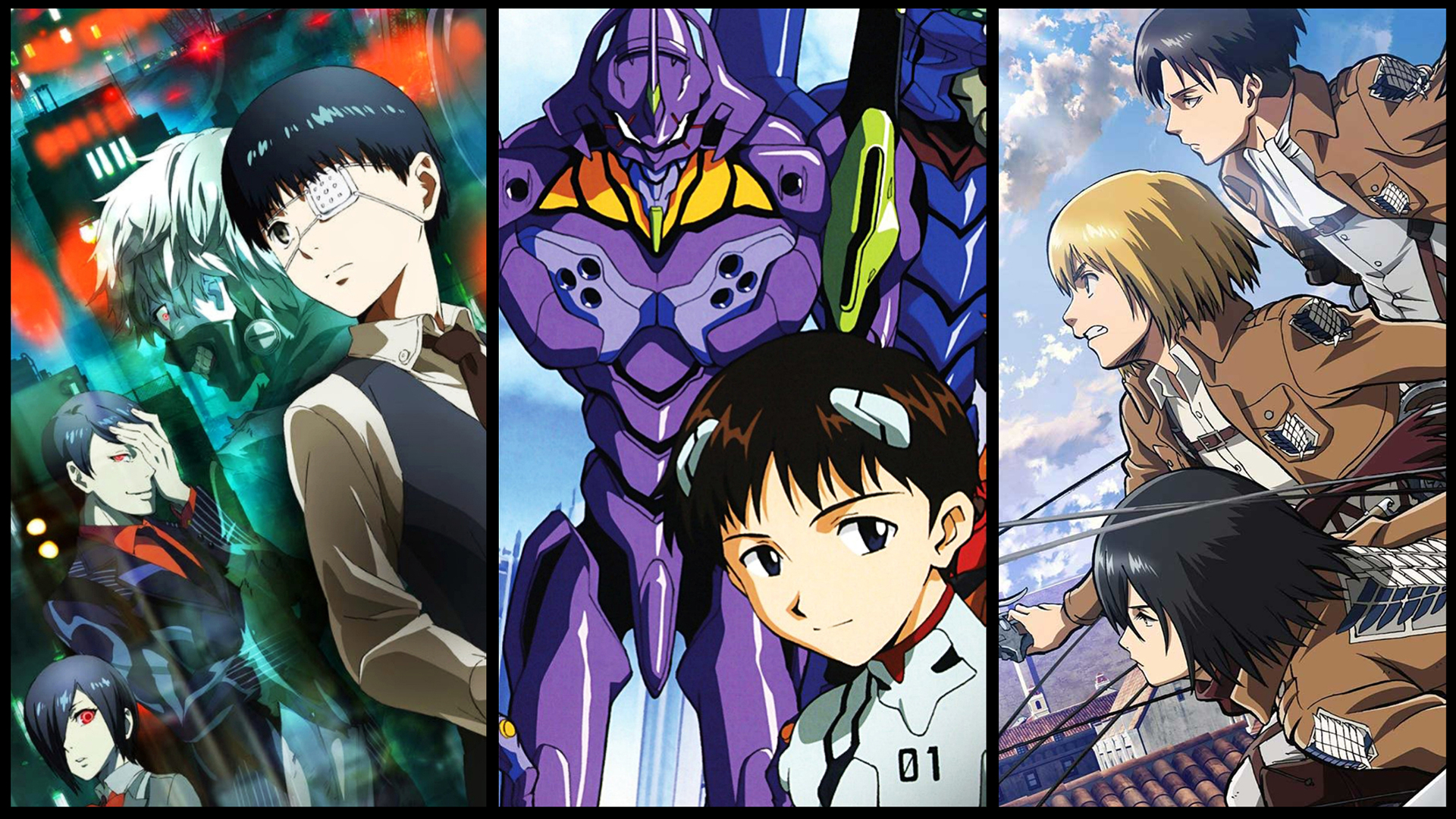Table of Contents Show
Anime openings have made up some of the most recognizable and culturally significant songs of the decade. Many anime have openings that get people to sing along even if they can’t speak Japanese, ranging from Neon Genesis Evangelion (1995-1996) to Attack on Titan (2013-2023). Some people even discover these openings before watching the anime because of how popular they have grown. But what makes songs such as “Unravel” and “Blue Bird” so good that people from across the world can love them so much without understanding them? It has to do with the lyrics themselves and how they relate to the anime, the emotions the songs convey, and how it overlays with the opening animation, among many other factors.
Previews The Animation
One of the first things a viewer sees when starting a new anime is the opening. Sometimes a show will play a small clip to warm the viewer up before launching into a powerful song, but they are usually muted and used to set exposition. The real display starts when the opening does, which is essentially a trailer for the series and everything that will happen in each episode. It also demonstrates the strengths of the animation and the type of art style the viewer will encounter. Based on this animation, the viewer will be able to see if it is more shoujo or shounen, whether the animation is smoother or choppier, and a good opening reflects this.
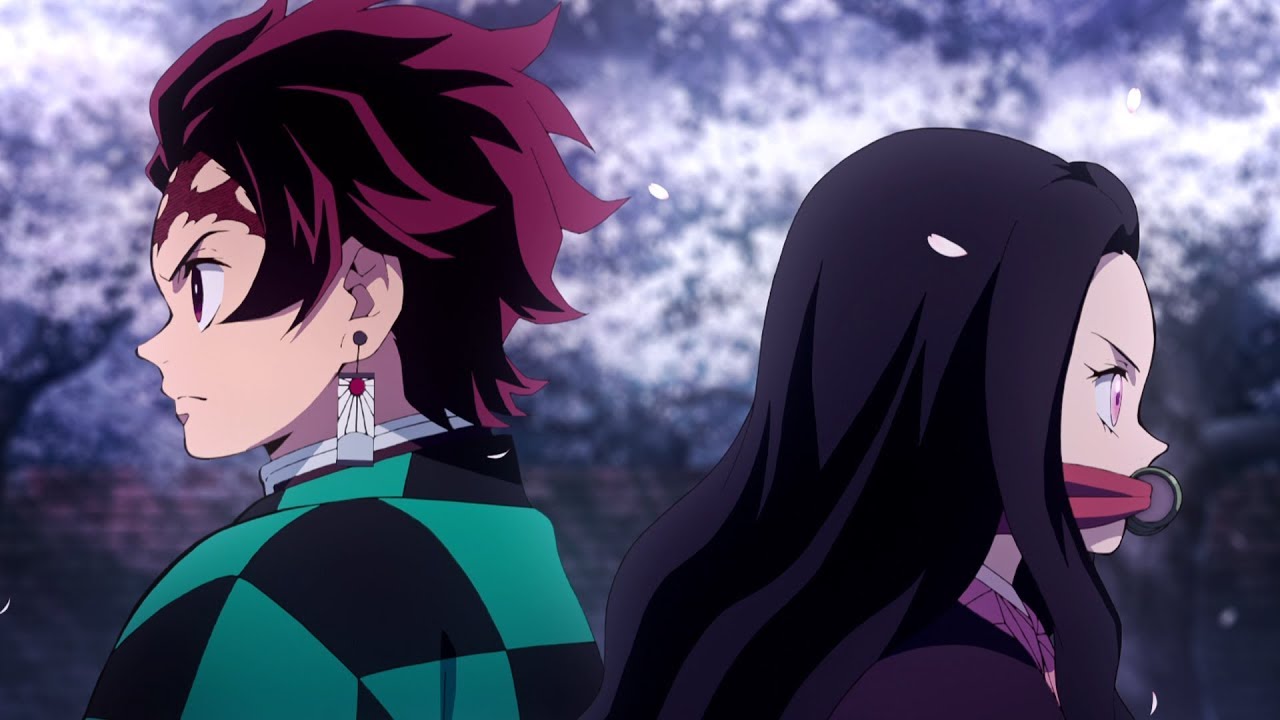
A faster song will entail faster animation, allowing the viewer to feel pumped up and ready to start the show. A slower, more emotional song will come with long takes, with more fade-in and fade-out transitions between cuts. A good anime opening, therefore, matches the animation style and follows the opening animation’s pace rather than slowing it down or speeding it up.
Editing
The BPM of the music matches the cuts and frame speed in the edits also relates to how well the animation is done. There’s a reason why fan edits are a popular form of fan labor, especially on social media sites such as TikTok. The editor finds a song that matches the exact pace of the opening animation and edits the sound of, for example, somebody pounding on a door to synch with the beats of the song. It’s satisfying and gets the viewer hyped up. Another example is matching a beat drop to something important in the opening animation, such as the music stopping just as the character slices the air with a sword to create a dramatic effect and resumes shortly after.
It makes both the song and the anime that much more powerful, keeping the viewer enticed and replaying both the song and the opening animation in their heads long after they’ve finished the show. Some people can still picture Naruto mouthing the lyrics “Come on!” to Hound Dog’s “Rocks,” or Hinata soaring into the air about to hit a spike as Burnout Syndromes sings “fly” during one of the main themes of the anime. Synching the BPM of the song to the character’s motions/the cuts in the animation or matching the lyrics to a moment in the animation that reflects those lyrics are both great ways to ensure a powerful and memorable opening.
References — The Lyrics
As mentioned before, lining up the lyrics that mention important happenings in the animation is a way to strengthen an opening song, but another reason why the greatest anime openings are so great is that they mention the actual anime in the lyrics. Many Western shows use songs that were already made and obtain the right to use them. However, the vast majority of anime get their openings, endings, and in-show songs written for the anime itself, meaning the lyrics give the viewer a taste of what awaits them and bring the anime to life ((Sevakis, Justin. “How Are Anime Opening And Ending Themes Chosen?” May 31, 2017.)). Any Death Note (2006-2007) fan would immediately recognize why the lyrics below are important to the anime and why it makes the opening so powerful.
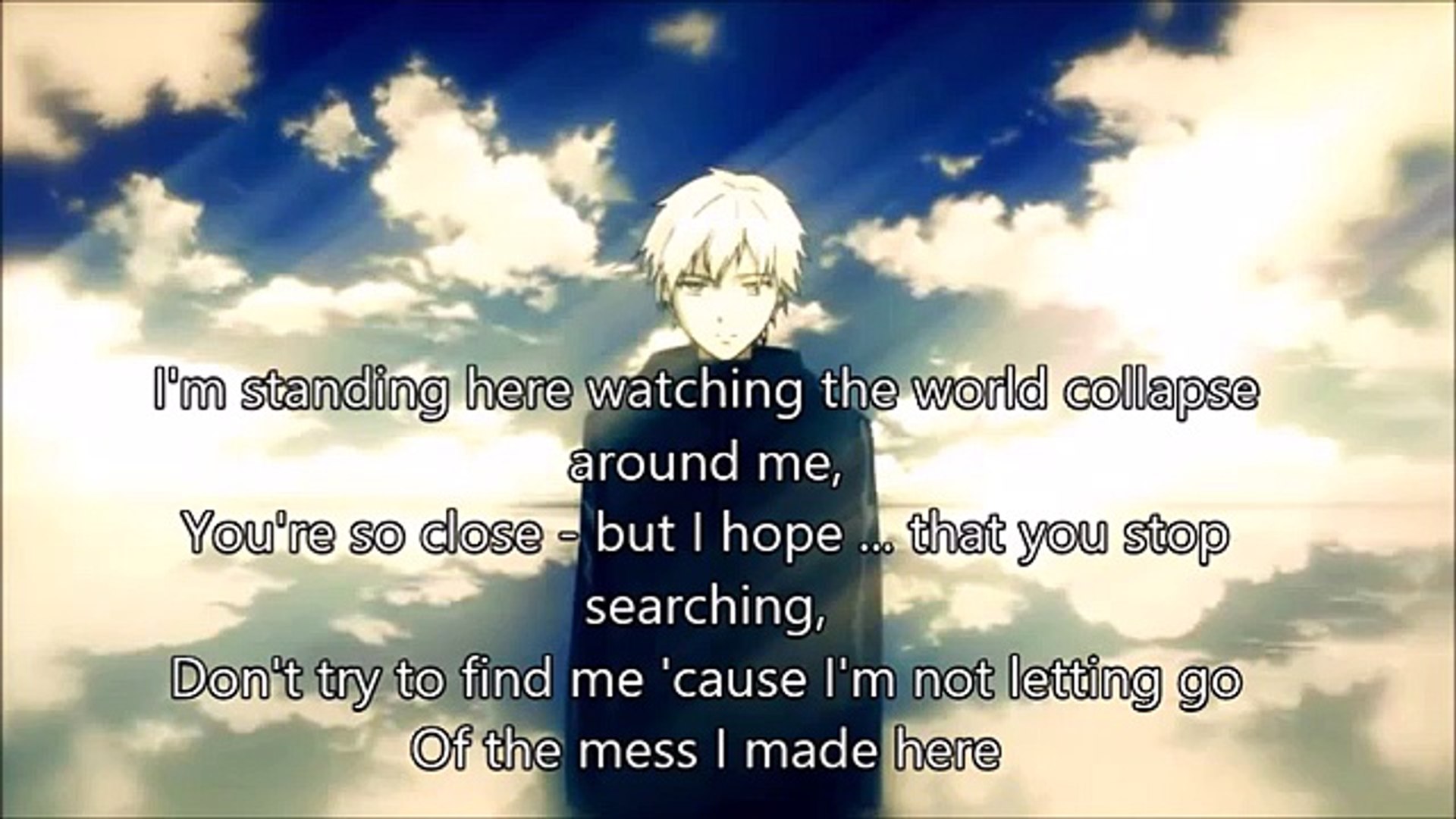
“In the spreading darkness, I exchange a pledge for the revolution.” — Death Note Opening 1
Nightmare. “The WORLD.” the WORLD.
Although most Western fans of anime don’t speak Japanese, they can still look up the lyrics on YouTube or Google to find out the true meaning of the words they mumble along to while watching the opening. When they see that the lyrics show exactly what is happening in the anime or open their eyes to a character’s inner thoughts, they love the opening even more, making the song even better in their eyes. It allows the viewer to listen to that song and fall into the world of the anime; it transforms walking down the sidewalk to going on a journey to find the highest-ranking demon, or it changes using a fly-swatter to swinging a katana.
Since Americans (and English speakers in the general Western world) make up so many anime fans nowadays, many openings have begun incorporating English lyrics (or making the entire song English). While this decision is controversial (since many fans don’t want anime to pander to English speakers), the outcome is clear: it allows English-speaking fans to feel included and be able to scream their favorite lyrics and fully understand the meaning of the opening while watching the show. Therefore, anybody who can speak English can love the opening even more now that they can both speak it and understand it.
Sets The Mood
Setting the mood is especially true for anime that have multiple seasons or multiple arcs that are distinct from each other. If the openings are compiled, and they clearly show the character development and important themes throughout the show, then that shows the openings did their job in showing off the show and being good songs. The viewer should listen to an opening from a multi-season show and be able to pinpoint which season it is from and why that song is a good representation of that arc or season.
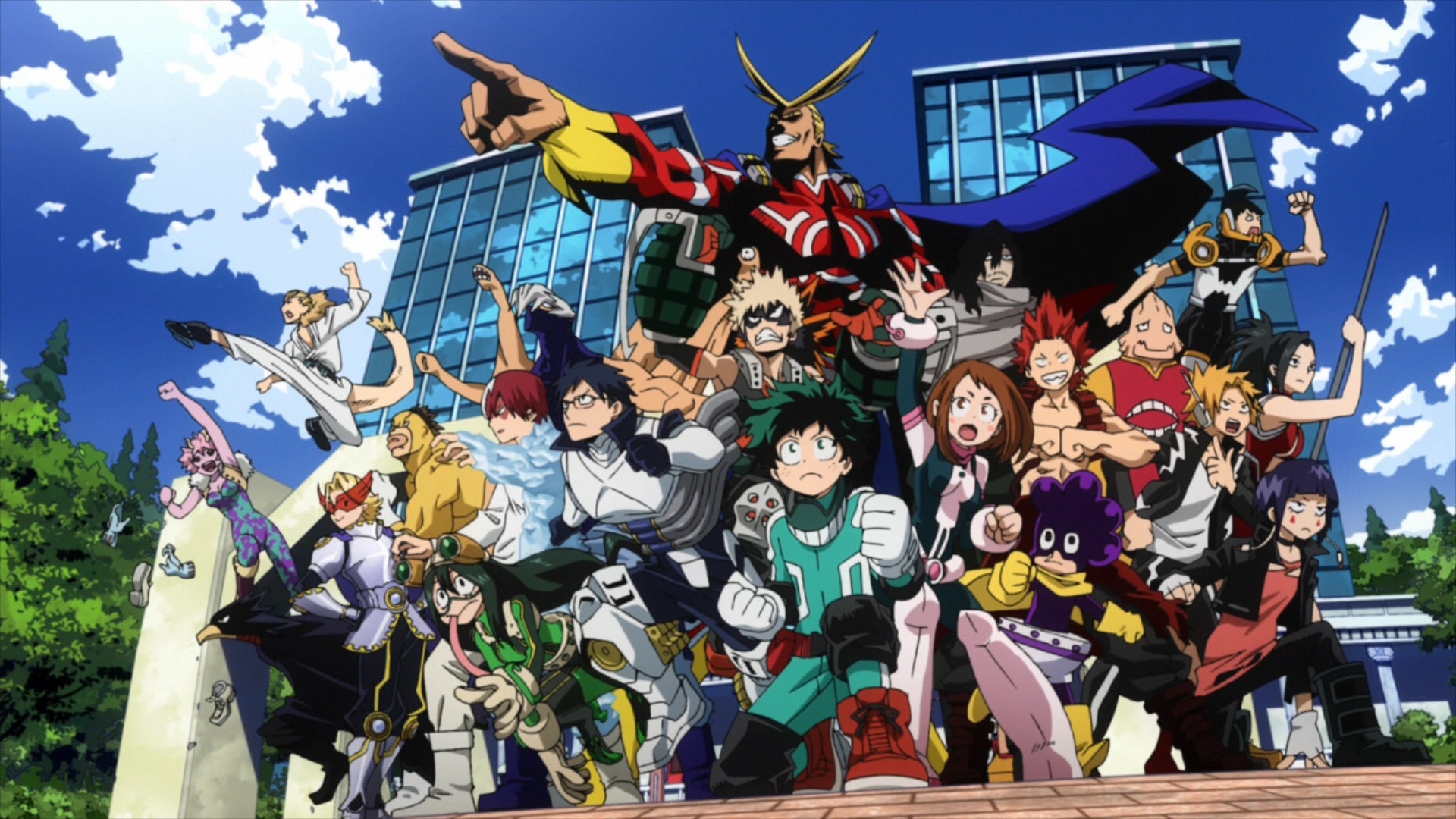
Even if the show doesn’t have multiple seasons, a good opening would get the viewer in the mood for the show immediately, no matter what mood they were in beforehand. If they are feeling sad, watching “Departure!”, the first opening to HunterxHunter (2011-2014) should immediately get them pumped for the exciting adventures they’re going to go on with the dramatic beginning and the subsequent call to action. If they are feeling hopeful, then their dreams should be crushed after watching “Sincerely,” the first opening to Violet Evergarden (2018). A good anime opening completely immerses the viewer into the world of the show, including their mood.
Passionate Fans
One of the biggest reasons why anime openings become popular and why they are considered good is because of the fans. Fans are the ones who imbue the song with as much passion and love for the anime as the artists try to get across with their performances and lyrics. They are the ones who make memes involving the song, who push their friends to listen to it, who make edits with it, and who scream it at the top of their lungs whenever it comes up. They are the song’s biggest promoters, which is why anime with large fanbases have some of the most famous and beloved openings.
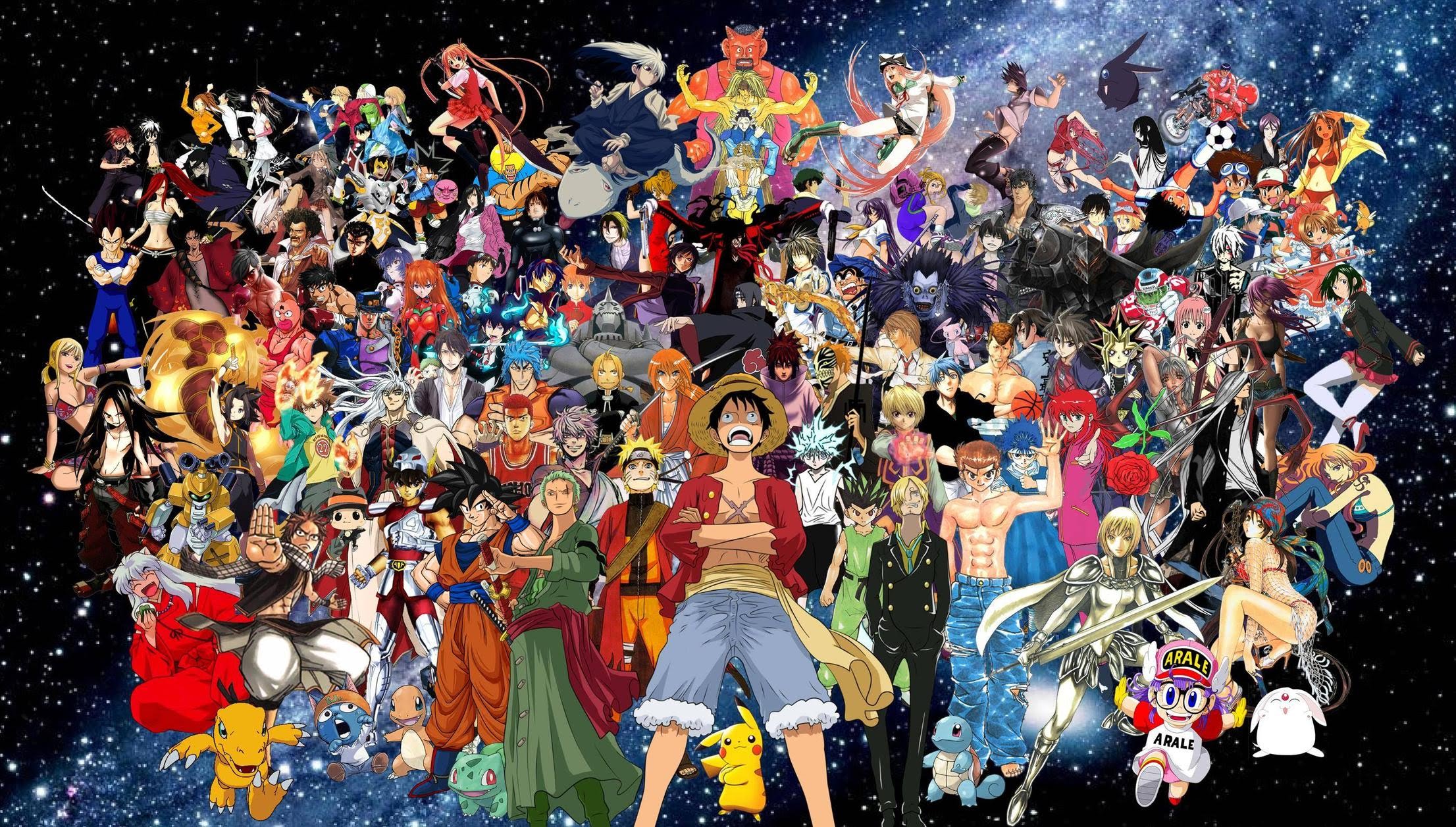
The song may also be considered good within the context of the anime. Meaning, if that anime is somebody’s absolute favorite show of all time, they would, by association, love everything that comes out of the anime, including the openings. If, for example, they are incredibly passionate about the characters and/or plot from Attack on Titan, they would most likely love every single opening that came from it since every song accurately represents the anime and all the characters within it. When they listen to the song now, it’s not just a song, but something that reminds them of one of their favorite things.
Without the context of the anime, the viewer might have brushed off the song or thought it was good but moved on. Within the context of the anime, however, the song becomes something powerful, something that conveys all the tragedy, suffering, and retribution that occurs in Attack on Titan (and in other anime). These openings are only as good as the fans make them, and fans have the power to transform regular songs into war cries, anthems of motivation, ballads of sadness, and everything in between.
Case Study — Attack On Titan (2013-)
Attack on Titan (2013-) is one of the most popular anime nowadays and of all time. This is due to the amazing animation, the beautifully flawed and complex characters, and the dense yet powerful plot. However, there is another important factor in the popularization of its multiple openings, which are arguably all incredible. Many say that Attack on Titan openings “never miss,” and it is because each one of the openings incorporates every criterion on the list above. The first opening, “Guren no Yumiya” by Linked Horizon, has now become a must-know song for popular culture, making its way into the mainstream where people who don’t even watch Attack on Titan know the song.
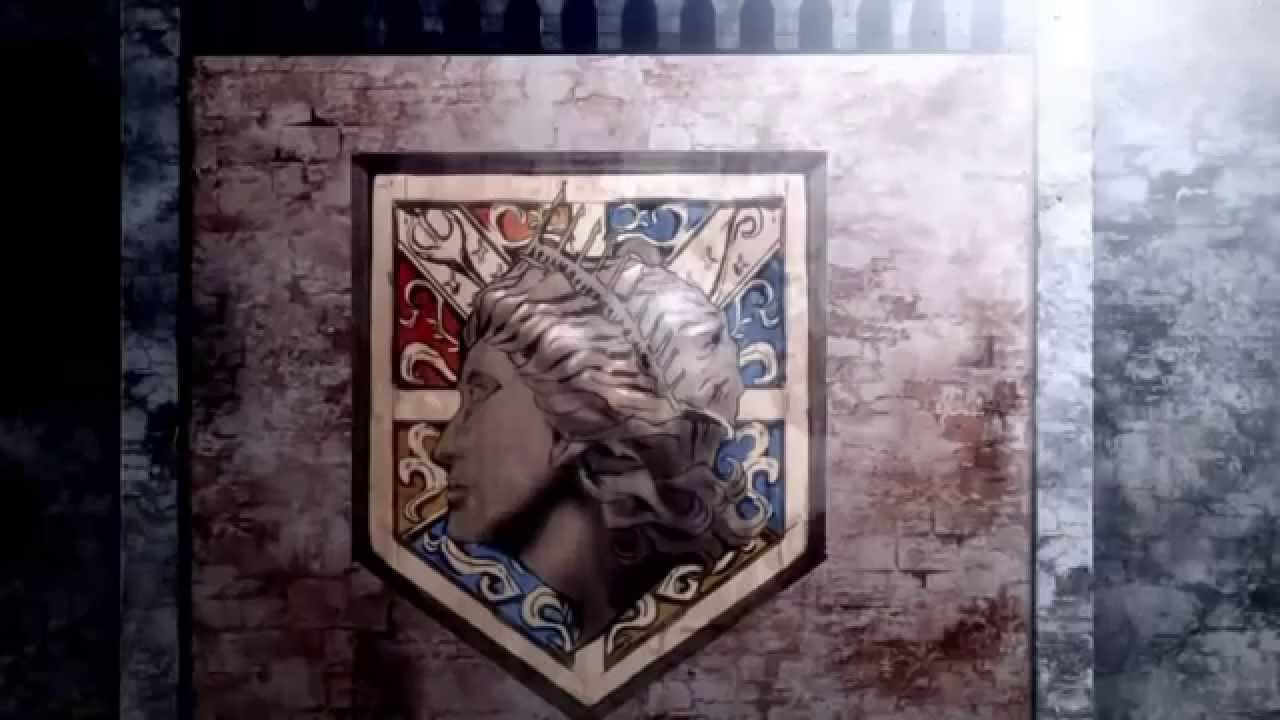
One of the big criteria it completes is incorporating English and German words throughout the openings. The most recognizable part of the first opening is when the singer Revo shouts “Jäger,” equating the German word for “hunter” to the last name of the protagonist, Eren Jaeger. This is important for his character arc, so the opening both says a word that any listener can sing along to and references the show in one lyric. All of the openings heavily reference the show within in lyrics, with the song title “Shinzou wo Sasageyo” also famously used by Commander Erwin to rouse his troops to fight the Titans. “Boku no Sensou” translated into English is “My War,” which references the intense war arc in part one of the fourth season.
Each opening also sets the mood for the season. The first opening, “Guren no Yumiya,” has a gung-ho, prideful attitude, reflecting Eren Jaeger’s determination to join the Scout Regiment to kill the Titans. The second opening, “Jiyuu no Tsubasa” mirrors the previous opening and its mood, but it has become more serious after the deaths of important characters in the second half of the first season. The third opening, “Shinzou wo Sasageyo,” reflects the perseverance of the Scout Regiment and the show’s characters to find out the truth about the Titans and to continue devoting their lives to the cause.
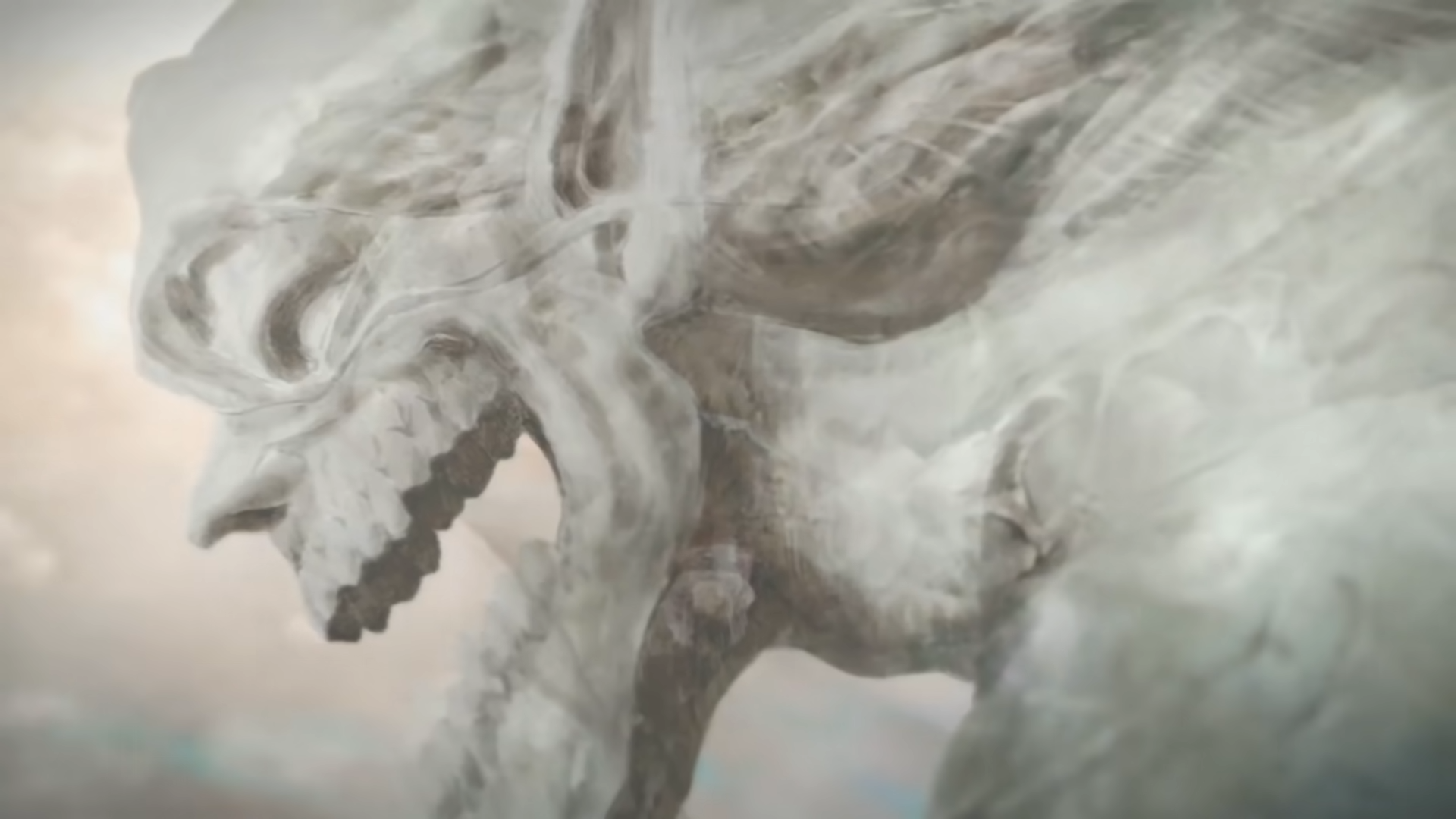
“Red Swan” is a major mood change from the previous openings. It’s a more dramatic, nostalgic song that reflects on the times both the characters and the viewers have been through so far, helping us remember where the characters came from and what they are fighting for. It’s certainly a bittersweet and emotional song that many fans hold close to their hearts. And then comes “My War,” which is the first all-English song (in the TV version), and it takes on a completely different tone. It reflects the drastic change in direction the show and characters, particularly Eren Jaeger, take throughout the season, with an alternative rock-like sound. It really sounds like a call to war that gets people revving up for the season, which echoes the plotline.
Next is “The Rumbling” by SiM, which is the opening for season four part two. Many fans were caught off-guard by this heavy metal addition to the soundtrack, and while some did not like it, its sudden change matches the second part perfectly. Everything — everything — goes down in part two of the fourth season, and the lyrics “All I ever wanted to do was do right things/I never wanted to be the king, I swear,” along with “If I lose it all, slip and fall/I will never look away” intimately show Eren’s thoughts as he becomes the tragic hero/villain (depending on how one looks at it). The heavy metal screams mirror Eren’s (and the Attack Titan’s) screams and the frustration he feels with society and the characters within it. We can only imagine the path the opening for season four part three will take.
After analyzing all of these songs, it is easy to see why fans say that all of Attack on Titan‘s openings are perfect for the story. Even if the style of the music doesn’t cater to everybody (such as “The Rumbling”‘s heavy metal), it still takes into account the show itself in its lyrics, personalizing it to Eren Jaeger’s character while still being a relatable song, and the mood of it matches the tone of the season. It also helps that Attack on Titan fans are as passionate as any fans can be, spreading these songs across social media platforms and making them go viral (“The Rumbling” debuted at no. 3 on U.S. Hot Hard Rock Songs and earned 1.3 million U.S. streams!). Attack on Titan is one of the best case studies to analyze how openings affect the fans’ perception of the anime and how well the openings fit with each arc.
The Perfect Opening
While it is tempting to say there are no perfect anime openings, there are some that reach that level of quality so closely, that most people ascribe that adjective to it. The ideal opening takes into account all of the criteria above, in addition to just being catchy and being unique. Catchiness is a huge factor in a song becoming popular, and unique elements such as utilizing a choir (in Attack on Titan’s case) or synth elements (Beastars) can help bring it to life and catch viewers’ attention.
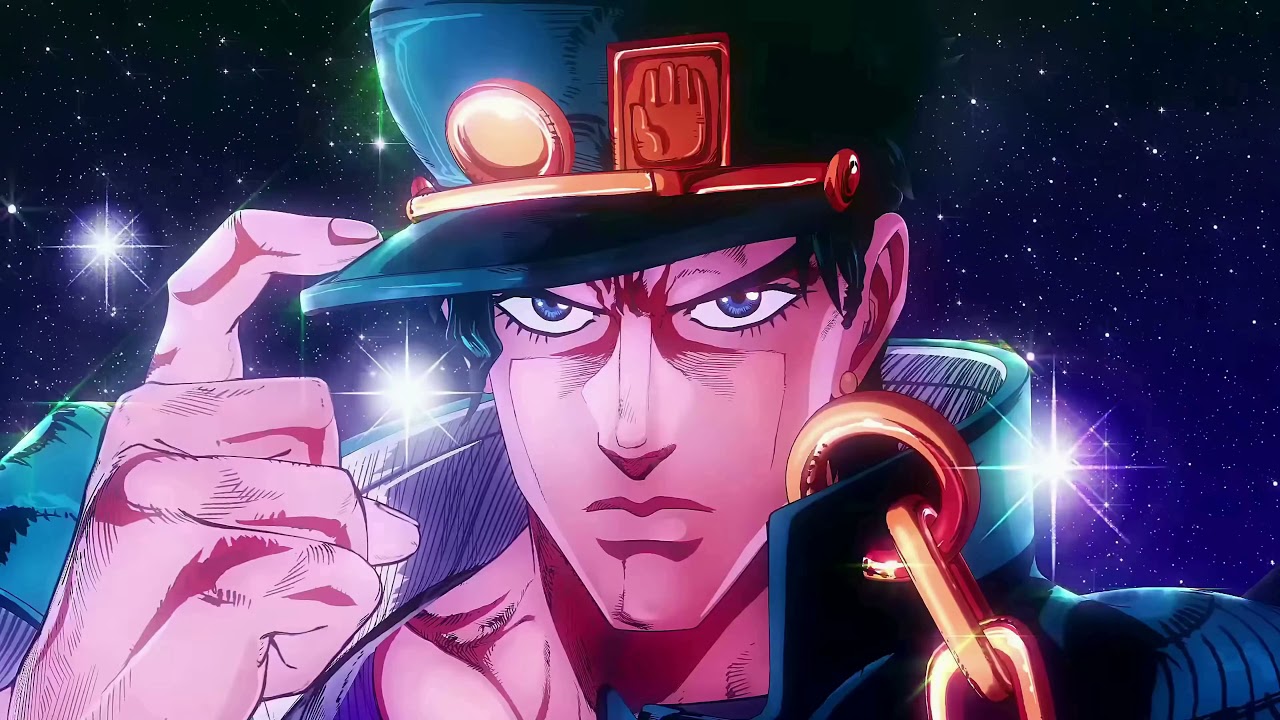
People all love anime for different reasons. Whether it’s because they discovered it in childhood, or they love the world-building in the genre, or they find the characters more compelling, they all have one thing in common: they love at least one opening and are extremely passionate about it. Anime openings have the power to completely alter somebody’s mood and either get them hyped about the show they are about to watch or ready to cry. The key to a good anime opening is emotions.
The goal of any piece of media is to get the viewer to feel something, whether that something be motivation, depression, euphoria, anger, etc. The goal of an opening is no different. These powerful openings provide more than enough emotion for an entire stadium of people to scream “JAGER” at the top of their lungs because they love the anime and, by association, the opening, that much. As long as somebody feels moved by an opening and feels as if they have gotten closer to both the characters and the story because of that song, then that song is considered “good,” and nobody should be surprised when it becomes an iconic part of pop culture.
